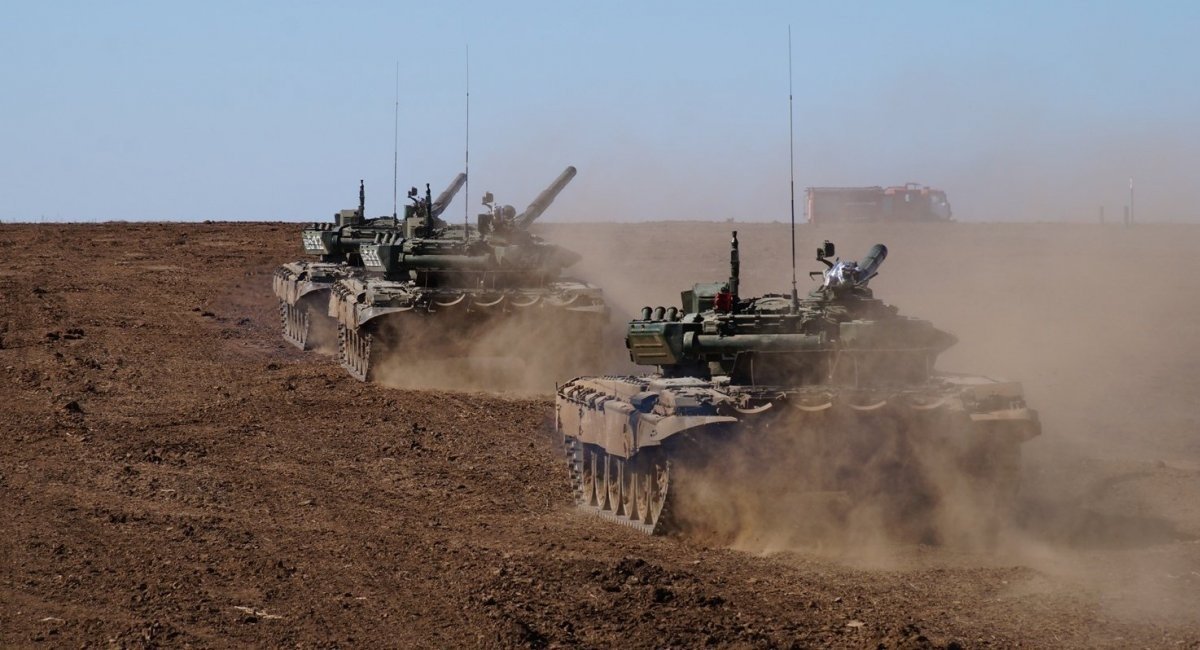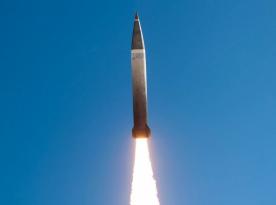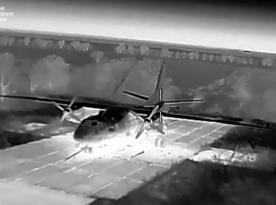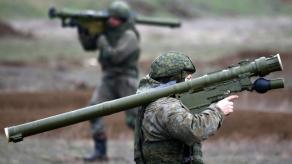In early January 2025, the Frontelligence Insight group published a study focused on russia’s use of tantalum and the sources supplying this critical resource to its military defense industry. Recently, this study resurfaced in Western media as alleged evidence that russia, under heavy Western sanctions, is approaching depletion of key materials.
However, a careful reading of the study reveals other, more concerning findings. One of them is that russia continues to expand its operations in Africa, in part to maintain access to materials required for producing missiles used in its war against Ukraine.
Read more: russia Wants to Increase Explosives Production by 6,000t — is it Enough to Stop Using North Korean Shells?
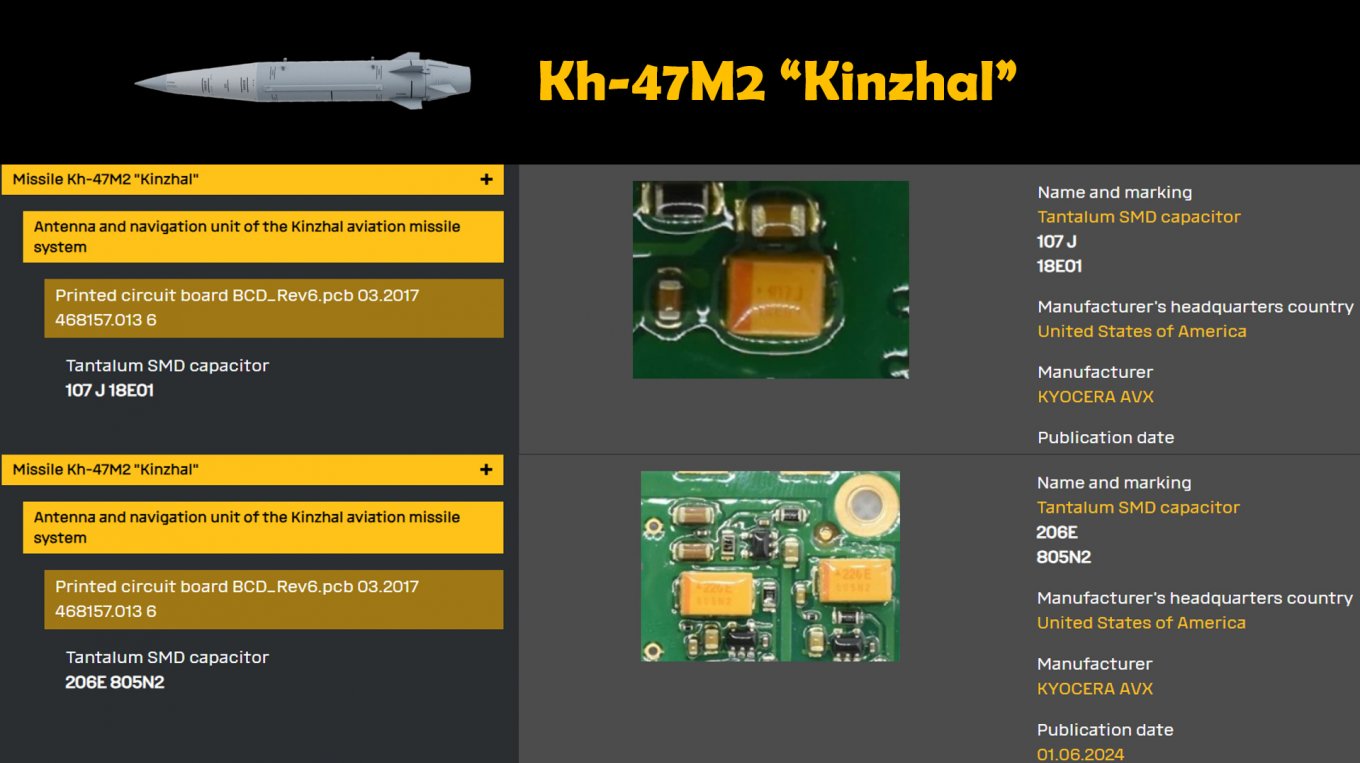
The study indicates that, as of January 2025, russian defense enterprises had a stockpile of 2 tonnes of tantalum, while uninterrupted production demands at least 4 tonnes per year. Based on this shortfall, some Western outlets concluded that russia is facing a tantalum shortage and that its defense industry is nearing collapse.
However, it is important to note that this data is from January. As of May 2025, russian sources report plans to produce 633 Kh-101 air-launched cruise missiles this year, implying that the issue of tantalum supply has likely been resolved in recent months.
russia’s potential supply sources for tantalum include the Democratic Republic of the Congo (DRC), Rwanda, Brazil, Nigeria, and China. While russia has its own tantalum deposits, they are reportedly 50 times less productive than those in the DRC.

Importing tantalum ore is only part of the equation. It must also be processed into tantalum powder, the material used to manufacture capacitors. For example, a recent attempt to import tantalum powder from China proved unsatisfactory due to poor material quality, which disrupted production schedules.
Tantalum is used in a wide range of russian military equipment and weapons, including:
- T-72B3 tanks
- KN-23 ballistic missiles
- Kh-47M2 Kinzhal aeroballistic missiles
- 9M727 Iskander-K cruise missiles
- R-77 and Kh-59 air-launched missiles
- UAVs such as Supercam and Shahed
- Military radio systems like the R-168 and R-392
Currently, russia sources its tantalum from several channels:
- Domestic production, which has received over 270 million rubles in funding since 2023
- Imports from China
- Purchases from Kyocera AVX, a Japanese-American firm with significant operations in El Salvador
Read more: Has russia Managed to Scale Up Kh-101 Cruise Missile Production Despite All Efforts? Current Output vs. Last Year




